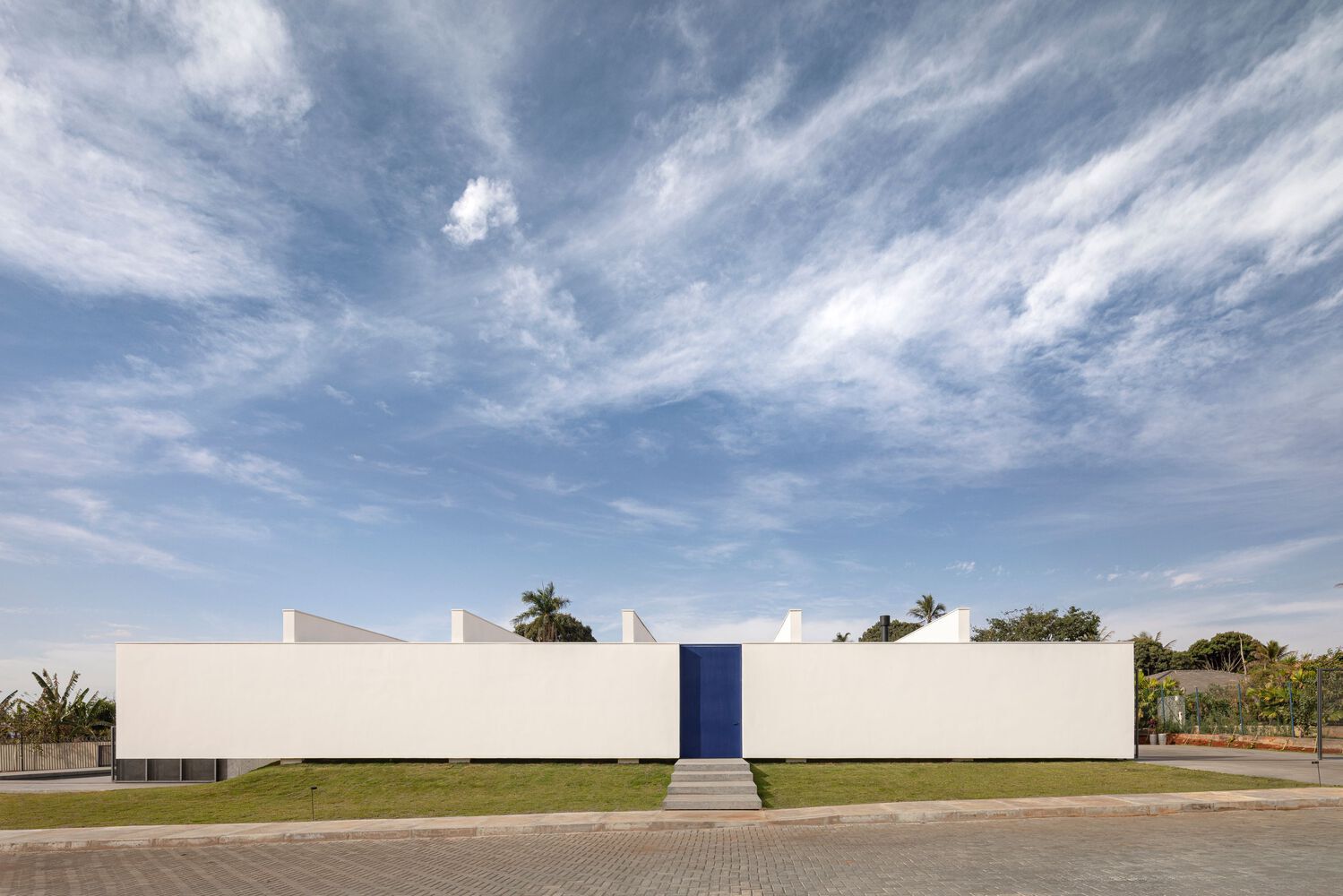Brazilian Houses: 7 Projects With Opaque Facades
Not all projects seek a constant connection with the outside, at least not in their front façade. Despite not being a usual appearance, there are several reasons for creating an opaque façade: privacy, security, reduced energy consumption, and protection against inclement weather. More common in government, cultural or religious buildings, this solution is also found in some residential cases.
If one wishes to have privacy from the eyes of the street, building an opaque facade can often hide an interior oasis that maintains a constant connection with the outside, providing natural lighting and ventilation to the interior. In addition, this element can help reduce a building’s energy consumption by working with thermal inertia. After all, in hot weather, opaque walls block the heat from the sun and contribute to a cooler interior, reducing the need for air conditioning. In cold weather, they help retain the building’s heat, reducing the need for heating systems. Among other benefits, such as reducing external noise and protection against more adverse weather conditions, such as strong winds and storms, closing the facade can provide a very efficient solution in some cases. Below, we present seven Brazilian residences that have opted for it.


 Picture: Joana França
Picture: Joana França
Comments :